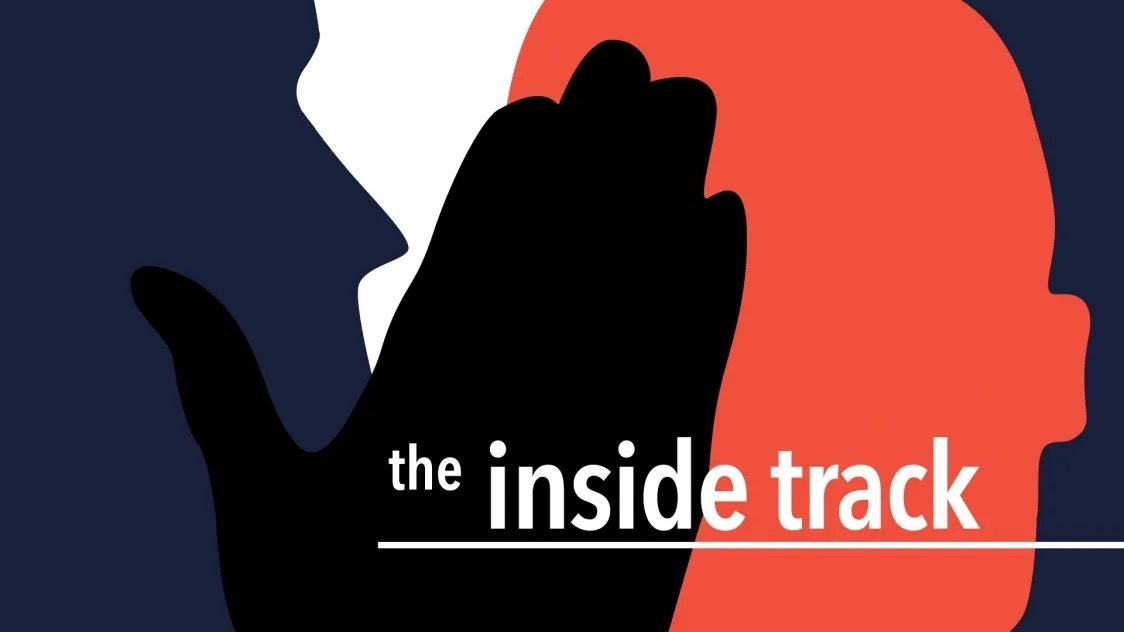This article has been syndicated to Her Campus from The Student Budget by Simona Antonova, a Her Campus Blogger Network member. Read the full post here.
If you've managed to get this far in life without doing any public speaking, spill. What is your secret? Chances are, you’ve had to do some sort of presentation at least once, whether it was at school or at work. There are very few people who revel in the idea of speaking before an audience, and the general consensus is that it sucks. There are countless more pleasant things to do. Hobbies, yo!

Public speaking takes some guts, and can make anyone feel nervous or anxious—even those most experienced. They’ve just learned how to hide it well. Being a good public speaker can’t be done simply by reading about it. It’s one of those skills that requires more practice than education. There are plenty of sites that provide impossibly long lists on ways to excel at public speaking. But their tips are hard to remember, and even harder to do. Have you tried imagining people naked? Don’t. Really, don’t.
Here are some tips and methods that are easy to remember, easy to follow, and are effective in decreasing the appearance of nerves—and as a result, lowering your anxiety.
Try not to overthink it.
If you catch yourself thinking about how the audience will react to your presentation, think about something else. Try not to entertain the thought. The more you think about it, the more you’ll build on the anxiety. Perhaps think about the last thing that made you laugh, or a recent fond memory. If you’re an excellent procrastinator, use that method to procrastinate from thinking about the presentation (procrastinating can be handy?!).
Take a deep breath and exhale.
This may sound obvious and perhaps even insulting, but many times before we nervously begin our talk, we take a large breath and forget to exhale. This affects our talking speed and in turn affects our breathing. We end up taking quicker, shallower breaths, and increase our heart rate and anxiety. Instead, try to very slowly and deeply inhale. Hold it in for three seconds. And then slowly release it all. Do it three times before you start your talk. You can do this before you enter the presentation room, or while you’re preparing your presentation space.
Step forward and make eye contact.
Have you ever ripped off a band-aid slowly? Not fun, right? The faster you do it, the less time your brain has to register the pain. Stepping forward and closer to your audience (when permissible) may not seem like the best idea in countering your nerves, but it is and it does. The same way most girls wear makeup to boost their confidence, stepping forward will too. Your actions are fooling your brain into thinking you’re not really as nervous as you think you are. This is definitely a tactic you have to try to understand. Getting closer to the audience also gives them the impression that you’re confident and comfortable with yourself. When you know that’s how they’ll perceive you, you’re more likely to relax a little as well.
Speak slowly.
This might be hard at first. Use clear, short words. Insert pauses. This will also help in slowing down your higher heart rate. Remember that you’re the one controlling the pace; you’re the boss. If you’re restricted by time, try to organize your presentation for a slower pace. Presentations are rarely used to bombard listeners with information. If you use only the most important points in the presentation, you’ll ensure audience engagement and that will fuel your confidence. Try to impress people with the content of your presentation and not the lyrical gifts you’re dropping.
There’s a time and place to be fancy, and it’s not during a presentation.
Read the full post on The Student Budgethere.


















